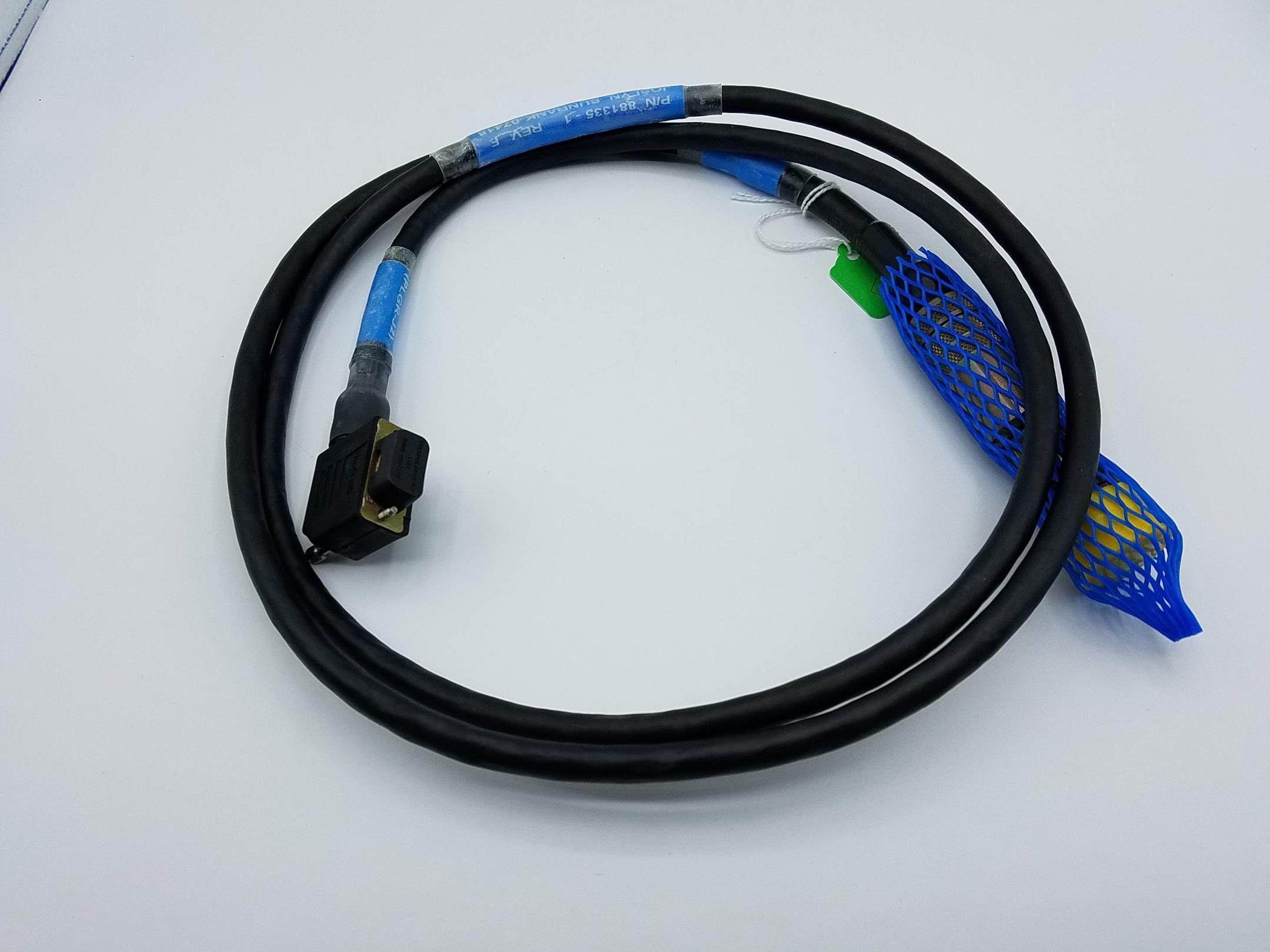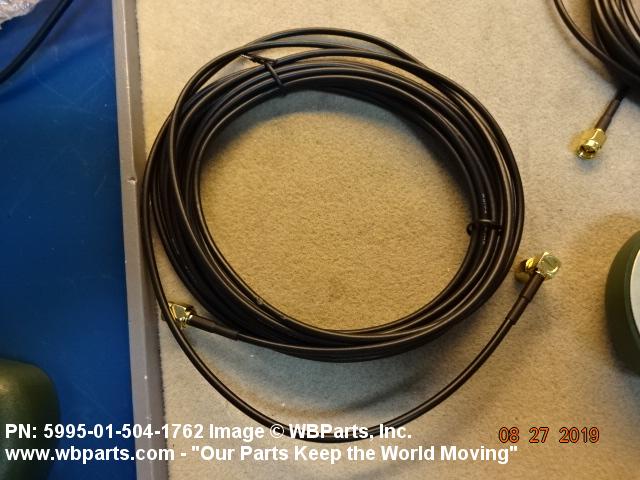
While the Z-92/Z-62 speakers sound somewhat bright straight out of the carton, they smooth out nicely after about 50 hours of playing time.
RADIA 5995 DRIVER
The result is a speaker where driver voices blend more smoothly than before-with better integration than in many other hybrid speakers I’ve heard. This is partly because the new midrange panel fills that gap, but also because the Z-92/Z-62 woofers, which have significantly improved motors, have also gotten better, delivering a more refined, nuanced sound. Second, the speed and resolution gap I previously heard between the woofer and tweeter in the original Z-models has now mostly been bridged. This means that transient sounds-drumsticks striking cymbals, guitar picks passing over strings, etc.-burst into life with compelling, realistic immediacy.

RADIA 5995 DRIVERS
First, their new midrange drivers give middle frequencies the same fast, transparent, wide-open sound that made BG Radia’s planar ribbon tweeter famous. The Z-92 and Z-62 speakers take big steps forward from the original Z-models in several key areas. The Z-92 and Z-62 both offer-get this-a lifetime parts and labor warranty.ĥ00-watt 210i subwoofer provides dual 10-inch Kevlar woofers arranged in a horizontally opposed, “reactance cancelling” configuration (the woofers face in opposite directions and move outward and inward in unison so that vibration forces exactly cancel out). The Z-92 and Z-62 offer gorgeous, real wood veneers with options for light maple or black ash finishes. Relative to the original Z-models (which remain in production), the Z-92/Z-62 get improved 6.5-inch mid-bass drivers featuring anodized aluminum cones driven by “double-gap” motors with Neodymium magnets. The Z-92 is a full-range floorstander, while the Z-62 is a somewhat smaller, near-full-range stand-mount monitor/center channel speaker. Ratings (compared to sub-$7k surround speaker systems)īoth the Z-92 and Z-62 are three-way, four-driver, bass reflex (i.e., ported) speakers, each featuring dual 6.5-inch mid-bass drivers, a 10-inch x 5-inch Neo10 planar ribbon midrange panel, and a 2.5×3.5-inch Neo3PDR planar ribbon tweeter coaxially mounted in front of the Neo10 panel. Also, look further if you favor speakers with a soft, diffuse, “romantic” sound the Z-models invariably give you clarity and detail-in spades. The Z-92s and Z-62s are lovely, but can visually dominate smaller rooms. Look elsewhere if: you are pressed for space or would find the ~$7000 system too pricey. But note: you’ll need good electronics for optimal sound.
RADIA 5995 MOVIE
OVERVIEWĬonsider this speaker system if: you’re passionate about sound quality and want a movie and music-worthy speaker system that delivers blockbuster dynamics, effortless clarity, detail, and levels of sonic finesse rarely (if ever) heard in commercial theaters. How does the complete package sound? Read on.
RADIA 5995 PLUS
In theory, these speakers should offer greater clarity from top to bottom and a more seamless blend between drivers, and to test that theory I decided to review a surround rig comprised of two Z-92 floorstanders (used as L/R main speakers), three Z-62 L/C/R speakers (used in the center channel and L/R surround positions), plus one of BG Radia’s 210i subwoofers. And as it turns out a planar ribbon midrange driver is precisely what BG Radia provides in its newest Z-series models-the Z-92 and Z-62.

What would have helped, I thought at the time, was a planar ribbon midrange driver to help bridge the gap in the middle. The only catch, really, is that it’s not easy to manufacture ribbon drivers that can reproduce lower midrange/bass frequencies at high volume levels, which has led BG Radia to offer hybrid speakers that use conventional piston-type drivers for lower frequencies and planar ribbon drivers for higher frequencies.īG Radia’s most affordable and conventional looking hybrid models are collectively known as Z-series speakers-a product family that’s been around for quite a while.Ībout four years ago I reviewed a surround system based on BG’s first Z-series speakers and found it to be very good, though with the minor caveat that you could sometimes hear discontinuities in transient speed and resolution between the speakers’ blazingly fast planar ribbon tweeters and audibly slower conventional woofers. As listeners familiar with those technologies might tell you, well-designed planar ribbon drivers can, at their best, offer effortless and uncanny clarity, delivering sound so lucid and transparent that it almost defies description.

Carson c ity, NV-based BG Radia Corporation has staked its reputation on building loudspeakers that leverage the strengths of planar ribbon drivers.


 0 kommentar(er)
0 kommentar(er)
